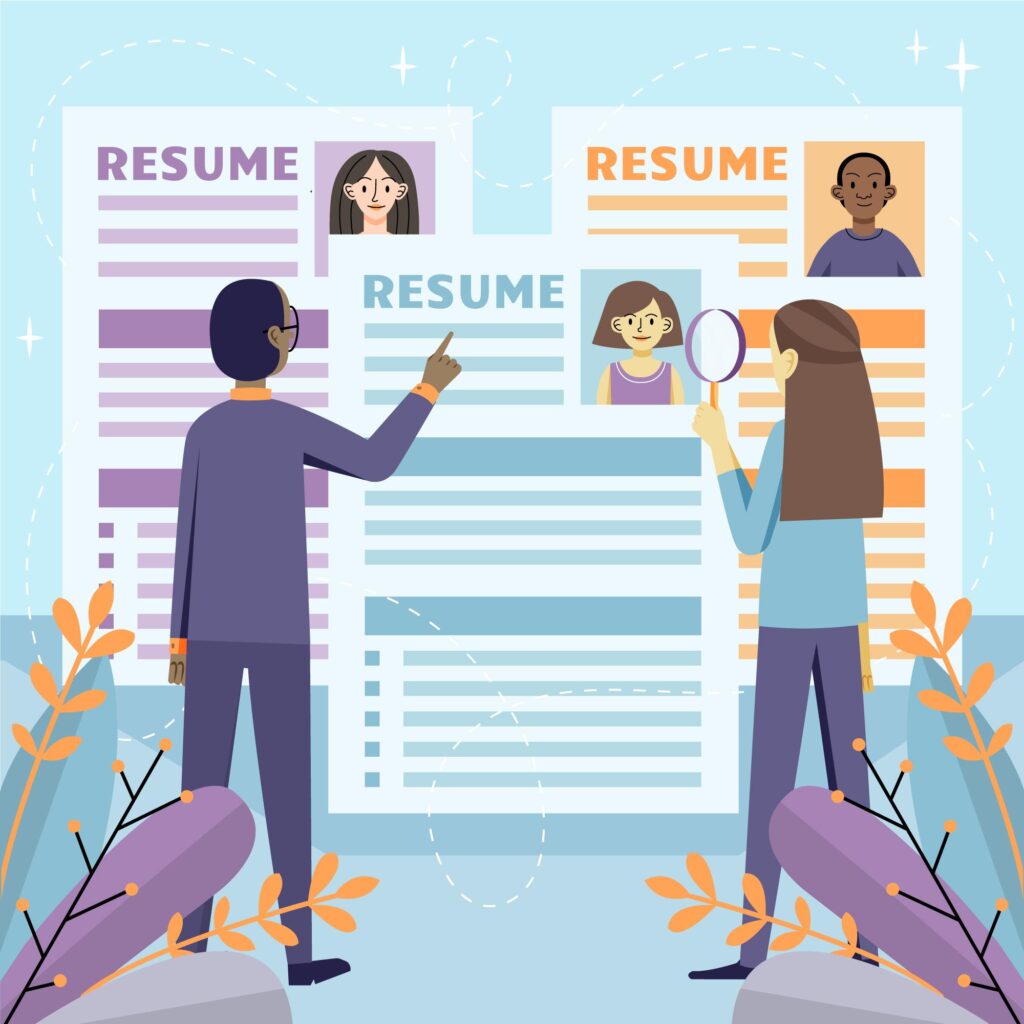Only yesterday people were learning what design means and what a career in design entails. Today, the discourse among experienced designers has already moved on to Evolutionary Design and DesignOps. You poor dears, have you just started Googling, “How to become a UX designer?.”
Never mind, experts who have been there and done that assure us that you can play catch up…IF you are fast enough.
“It is not like say engineering, which is a 30-40 years old, established function, whereas design has evolved only over the past few years. One great thing is it is a continuous process of learning, so if you learn fast enough you can reach where it has already reached,” points out Shayak Sen, head of design, Meesho.
Okay then, take a deep breath and dive right into where the discussion around design stands today.
Evolutionary Design: It is agility in design. If you are familiar with agile, you will know it is mostly about iterative and incremental development. Just apply the same principles to design. It is an approach that helps you build on what you already have, plus build further by adding small existing components and finally build to improve by adding better or unique differentiators.
The basic rationale behind evolutionary design is that if you start off at the edge of all that is already known, you will be able to create something novel. It helps us to recognize risks and mitigate them. It also helps us to seek user feedback at the end of every iteration and improve the design, to better serve stakeholders. Further, the design efforts will be made within available resources, bereft of path dependencies (a module can be weeded out at a later stage for better efficiency–be it economic or utility-driven). Such elimination of waste helps to achieve break-even point faster.
DesignOps: Defined as the organization and optimization of people, processes and craft to amplify design value and impact at scale, DesignOps is the design approach to operations. It aims to introduce best practices in hiring the right design talent, building teams that can grow and evolve and creating efficient workflows that promote quality and impact of design outputs.
Most importantly, it does all of this through a DesOps (another name for DesignOps) mindset. The DesOps mindset lets cross-disciplinary team members collaborate and adopt processes and measures that support the creation of consistent and quality designs.
Design Systems: The DesOps mindset should ideally make room for an individualistic design system in an organization. A design system is the amalgamation of all the elements that helps a team to conceptualize, design and develop a product.
A design system comprises both tangible and non-tangible attributes such as tools, guidelines, technologies on the one hand and shared mindset, values, beliefs towards business goals, on the other.
Obviously, design is fast evolving and no matter whether you are a designer at the junior, middle or senior level, it is time to get your act together. You could look for a part time ux course, a mentor program, or even pick up a ux design degree online.
In the accompanying video, listen again to what Sen warns young designers about at 0:46 :“Things are moving so fast. Even career directions are changing over time. Right now we have Covid…I don’t know what kind of functions we are going to have.”
If you just want to become a full stack designer who is well up on design industry trends, then you have come to the right place and are reading a well-meaning blog. So much so that, we don’t have to tell you to CLICK HERE.




